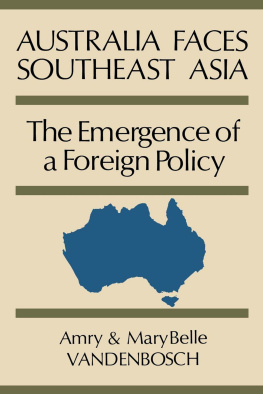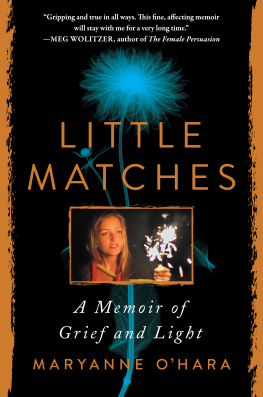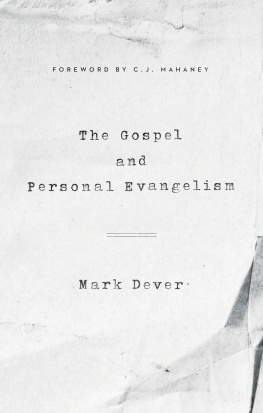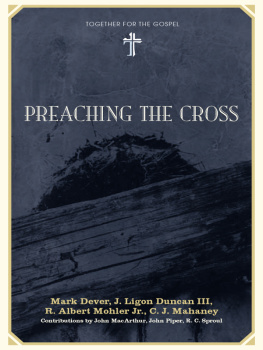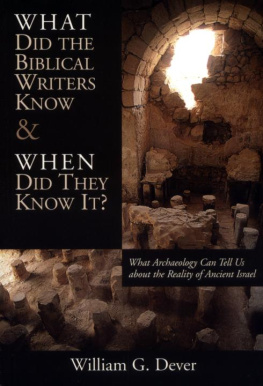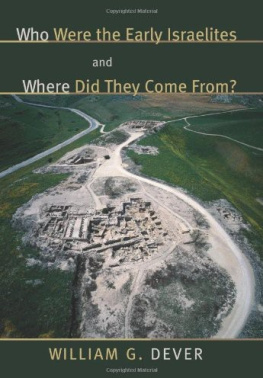AUSTRALIA AND ASIA
Cultural Transactions
ConsumAsiaN Book Series
edited by
Brian Moeran and Lise Skov
The ConsumAsiaN book series examines the way in which things and ideas about things are consumed in Asia, the role of consumption in the formation of attitudes, experiences, lifestyles and social relations, and the way in which consumption relates to the broader cultures and societies of which it is apart. The series consists of both single-authored monographs and edited selections of essays, and is interdisciplinary in approach. While seeking to map current and recent consumer trends in various aspects of Asian cultures, the series pays special attention to the interactions and influences among the countries concerned, as well as to the region as a whole in a global context. The volumes in the series apply up-to-date theoretical arguments frequently developed in Europe and America to non-western societies both in order to analyse how consumption practices in Asia compare to those found elsewhere, and to develop new theories that match a specific Asian context.
Women, Media and Consumption in Japan
Edited by Lise Skov and Brian Moeran
Published 1995
A Japanese Advertising Agency
An Anthropology of Media and Markets
Brian Moeran
Published 1996
Contemporary Japan and Popular Culture
Edited by John Whittier Treat
Published 1996
Packaged Japaneseness
Weddings, Business and Brides
Ofra Goldstein-Gidoni
Published 1997
Australia and Asia
Cultural Transactions
Edited by Maryanne Dever
Published 1997
Asian Department Stores
Edited by Kerrie MacPherson
Published 1997
AUSTRALIA AND ASIA
Cultural Transactions
Edited by
Maryanne Dever
First published in 1997 by Curzon Press
This edition published 2013 by Routledge
2 Park Square, Milton Park, Abingdon, Oxon, OX14 4RN
711 Third Avenue, New York, NY 10017
Routledge is an imprint of the Taylor & Francis Group, an informa business
1997 Maryanne Dever
Typeset by LaserScript, Mitcham, Surrey
All rights reserved. No part of this book may be reprinted or reproduced or utilised in any form or by any electronic, mechanical, or other means, now known or hereafter invented, including photocopying and recording, or in any information storage or retrieval system, without permission in writing from the publishers.
British Library Cataloguing in Publication Data
A catalogue record for this book is available from the British Library
Library of Congress in Publication Data
A catalogue record for this book has been requested
ISBN 0700704027
For Brian
CONTENTS
Maryanne Dever
Pamela Hansford
Peter J. Hutchings
Philip Robertson
Gabrielle Finnane
Maryanne Dever
Robert Nery
Alan Knight
Virginia Nightingale
Looking For Love (In All The Wrong Places):
The Production of Thailand in Recent Australian Cinema
Annette Hamilton
Graham Huggan
Mary Mackay
John Clark
Many people helped in the planning and production of this collection. I would particularly like to acknowledge Peter Hutchings for his support in the initial stages of this project. Thanks are due to the series' editors Brian Moeran and Lise Skov for their guidance; to Marie Lenstrup for administrative support. Special thanks also are due to Julie Rose for her editorial advice and assistance in the preparation of the final manuscript. Gina Laurie deserves credit for her excellent research assistance. Individual contributors must be acknowledged too for their patience and co-operation throughout the lengthy editing process for the volume.
Versions of Graham Huggan's and Alan Knight's chapters appeared previously in Australian Literary Studies and the Australian Journalism Review respectively and I wish to thank the editors of those journals for permission to reprint. I would also like to thank Dennis O'Rourke for permission to reproduce publicity stills from his film The Good Woman of Bangkok and Cristina Pozzan for permission to reproduce an image from the film As the Mirror Burns. The National Gallery of Victoria, Melbourne; National Gallery of Australia, Canberra; Mitchell Library, State Library of New South Wales; and the Mortlock Library of the State Library of South Australia are to be thanked for granting permission to reproduce images for Mary Mackay's chapter. The Commonwealth Department of Human Services and Health (Australia), Swiss Time Australia, Citizen (Tokyo), Toshimaen Co. Ltd. (Tokyo) are to be thanked for granting permission to reproduce images for Virginia Nightingale's chapter.
Finally, thanks are due to the University of Hong Kong's Centre of Asian Studies and Department of Comparative Literature which jointly hosted the Austral Constellations conference on which this volume was largely based. Particular mention should be made of Coonoor Kripalani-Thadani from the Centre of Asian Studies for her support of this publication and for her extensive work for the original conference.
Maryanne Dever
Asia's where it's at, George. Mix of cultures, emerging nations, exotic people.
John Upton, The Hordes from the South (1988)
Australia has been involved in recent years in a complicated, if not contorted process of refiguring its historically uneasy relationship to the Asian region. The essays in this collection attempt to examine the various cultural dimensions of this discursive shift and to assess its impact on transactions between cultural producers and consumers. To this end, the collection is timely and raises significant questions about the politics of Australia's current re-orientation.
Variously characterised as the thrust into Asia or catching the wave building off the Pacific Basin, this cultural repositioning is perhaps best interpreted as emerging from what Julie Ewington has termed the urgent necessity for Australians to come to terms with the contemporary peculiarity of living in a white settler colony with a Black history at the edge of Asia and the South Pacific (1994:11). Arguably, the complexities of that peculiar situation became most apparent in the 1980s, a decade which produced a significant destabilising of the terms Australian and Asian. In Australia, increased migration from the countries of South and East Asia, the promotion of an official government policy of multiculturalism, and continuing Aboriginal challenges to white history and hegemony together placed pressure on the dominant construction of Australia as a white European nation and challenged prevailing understandings of what it meant to be an Australian (see Walter 1992). In the same decade, rapid economic development in the Newly Industrialising Countries (NICs) of the Asian region transformed the comfortable, imperialist accounts of Asian dependence and passivity into persuasive new narratives of power and capital, narratives which threatened to shatter forever Australia's lingering fantasies of economic prosperity, regional dominance, and racial superiority. Given this shift in circumstances, it is perhaps not surprising that Australia should embrace once more the process of reinventing itself: a fracturing and reformulating of dominant understandings of national identity and the national interest (see White 1981:viiix) that enabled Australia's then Prime Minister, Paul Keating, to assert confidently that Australia was now a multicultural nation in Asia and that Australia's economic future and destiny as a nation lay within the Asia-Pacific region.




